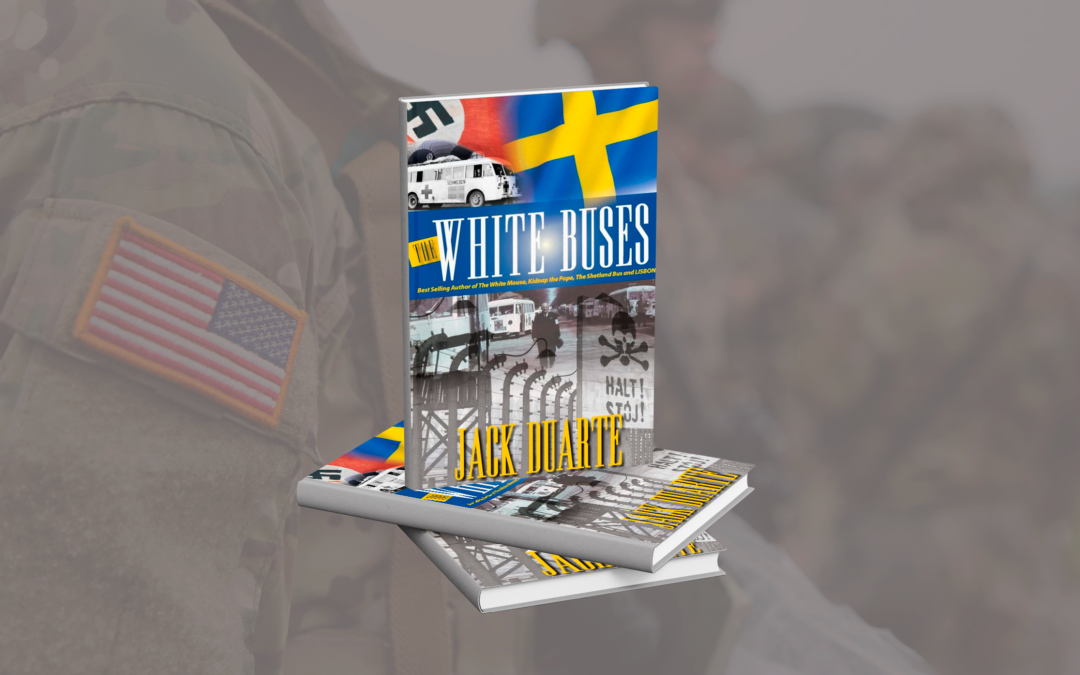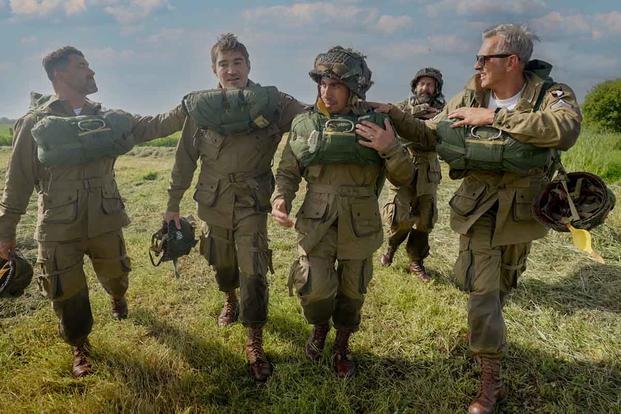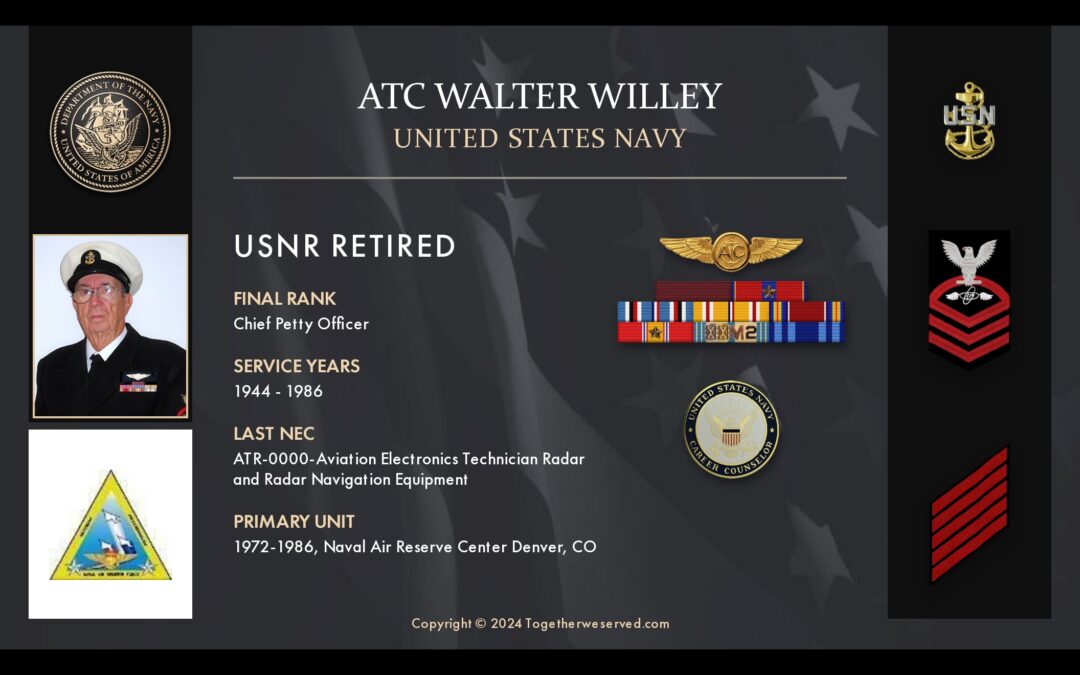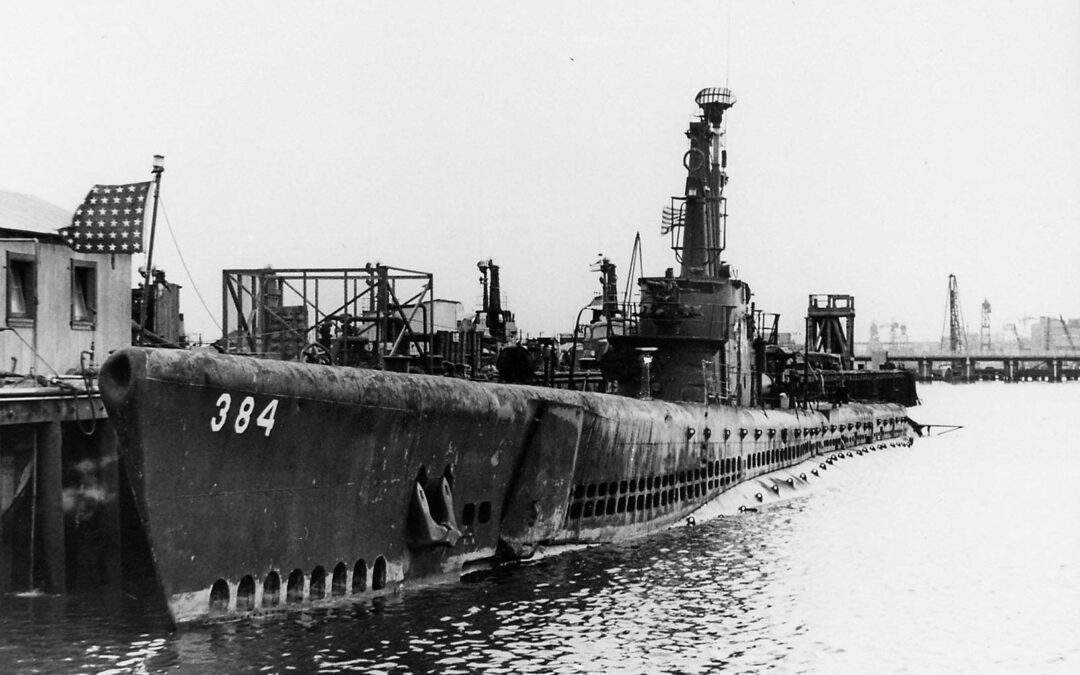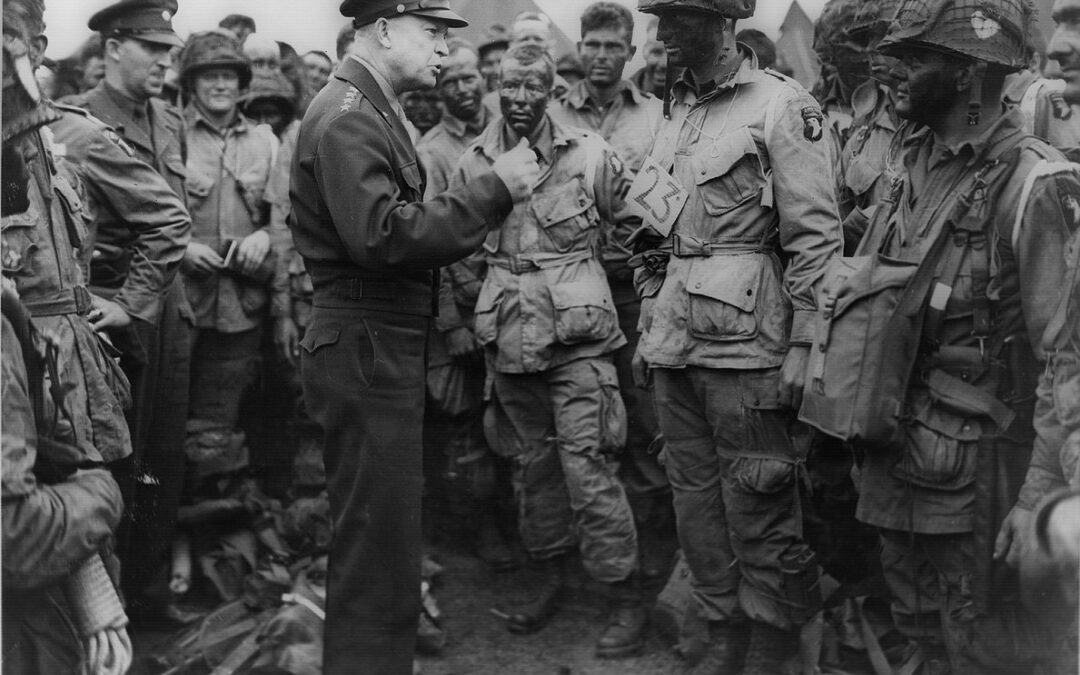On March 31, 1941, Marine Iron and Shipbuilding in Duluth, Minnesota, laid the keel for the first Coast Guard vessel of a Mesquite new buoy tender class, joining the so-called "Black Hull" fleet. The new vessel measured 180 feet overall and had a beam of 37 feet at the extreme. She had a displacement of 935 tons and drew 12 feet. Marine Iron and Shipbuilding made all but one, the Coast Guard cutter Ironwood (USCGC Ironwood), coming in for $1,388,277, was built at the USCG yard in Curtis Bay, Maryland, and was launched and commissioned in 1943. USCGC Ironwood in the Pacific Theater After shakedown, USCGC Ironwood departed Norfolk for War in the Pacific, arriving in Noumea, New Caledonia, via Bora Bora and Pago Pago in March 1944. During World War II, the Ironwood and her sister ships covered thousands of miles of open ocean, working to establish LORAN stations, moving and establishing mooring buoys, and carrying cargo, mail, and personnel between South Pacific islands. "Some...

